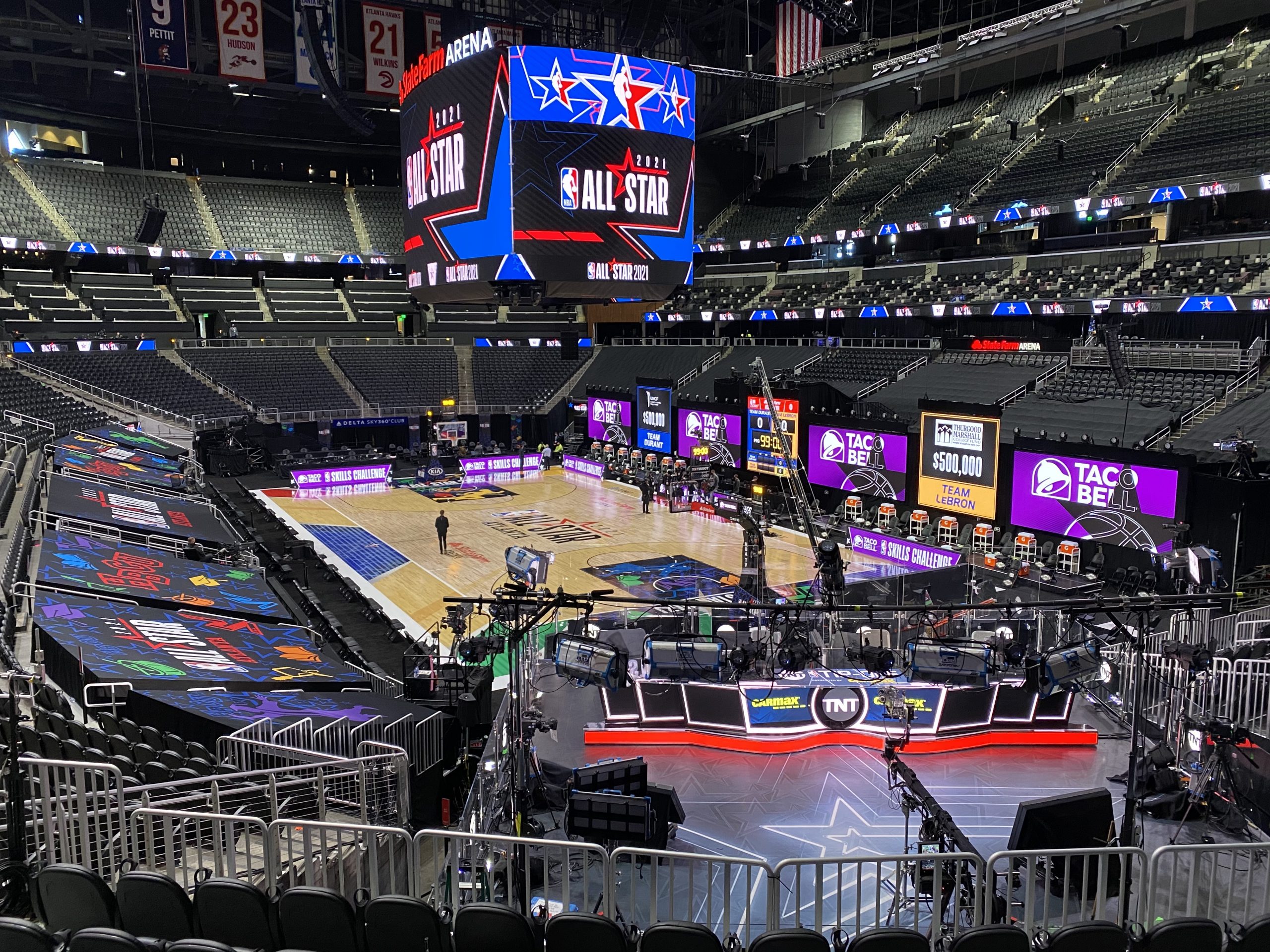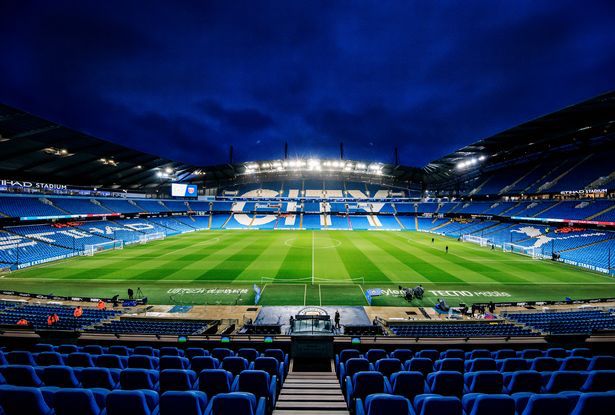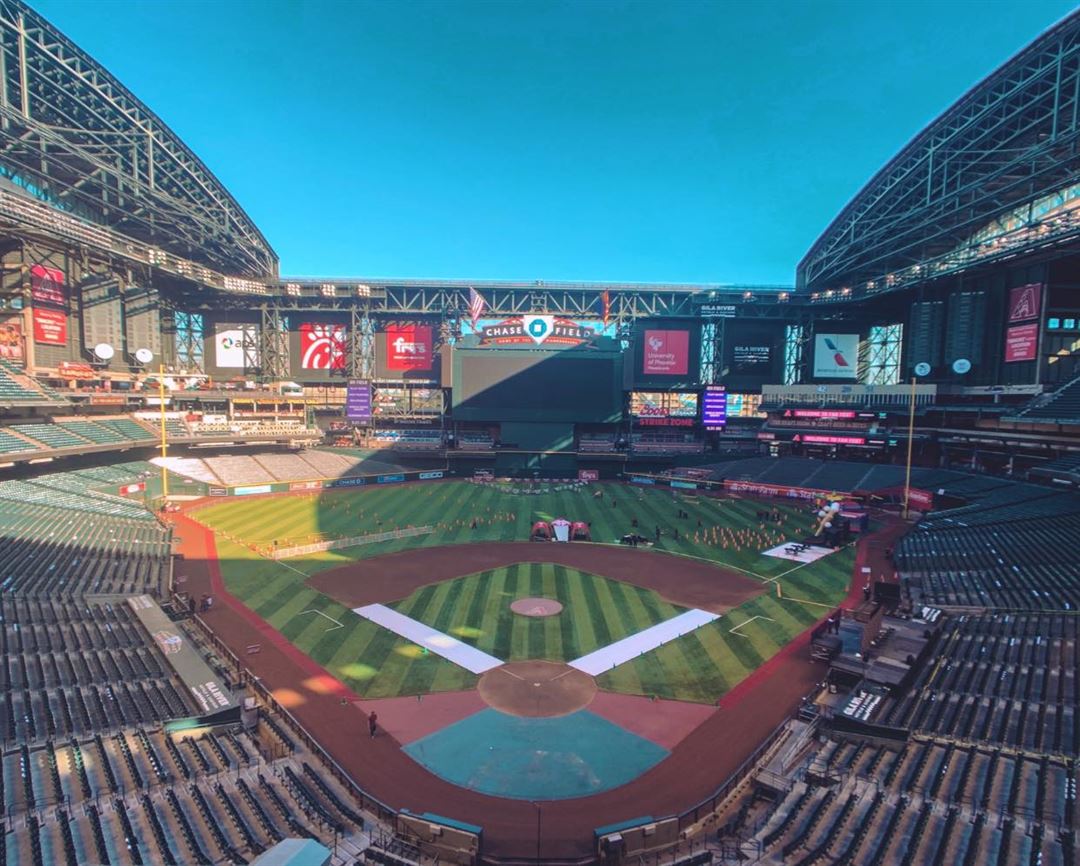Tech Focus: Augmented Crowd Sound, Part 1 —A Category of Dedicated Sound Systems Is Born
Speakers need to act as the ‘mouth of the crowd’
Story Highlights
Created last year in response to the coronavirus pandemic, the new category of augmented crowd sound has spawned new ways of putting that sound into sports arenas and stadiums that require virtual crowd noise.
New sound systems have to be able to propagate specific sounds — which can cover particular areas of the frequency spectrum — clearly and articulately and yet remain distinct from other sounds pumped into the venue, such as announcements, music, and sound effects. The process of adding crowd clatter to the sound of sports has become known as sweetening, the same term used by Hollywood film and television postproduction sound-effects mixers, and, in that sense, reflects the fact that, at least during the pandemic, sports sound has become an almost cinema-like process, an aurally augmented reality.
Presence and Proximity
Firehouse Productions, a pioneer in the crowd-sound–system category, created both the playback and PA systems for the NBA “bubble” in Orlando last year, for the league’s All-Star Game in Atlanta last month, and for the recent NCAA March Madness tournament played across seven venues in Indianapolis.

Firehouse Productions implemented playback and PA crowd-sound systems the NBA All-Star Game in Atlanta last month.
Two key elements — presence and proximity — became clear early on in building believable sound systems in venues, according to Firehouse VP Mark Dittmar, who oversaw development of both the playback and the PA systems used for pro and collegiate basketball as well as for the NHL this season and last.
“We’ve seen venues try doing this with small micro-PA speakers or monitor wedges facing the court, and it just doesn’t work,” he says. “We’re using concert-grade line arrays and running them at 85%-95% of their power, 6 dB off their clipping point, to achieve the impact you need on a court-facing system.
“It’s also the only way,” he continues, “to get the crowd to sound accurately on-air when you hear it through the effects microphones in the venue. It’s the sound of the crowd through the ambient space of the arena and then captured by the broadcast microphones that makes it sound authentic.”
In other words, says Dittmar, crowd-sound speakers need to act as the “mouth of the crowd,” with the content unadorned by artifacts, such as whistles, individual voices, or ambience from the space in which it was recorded.
“That’s how you approximate the 103-105 dB that a live crowd can reach,” he says.
Proximity is also critical. Whereas house PA speakers are usually hung between 30 ft. and 40 ft. above the floor, crowd-sound PA systems need to be much closer to the action, as little as 12 ft. off the court, to generate the necessary impact. That also necessitates speakers whose coverage patterns can be very tightly focused, in order to not conflict with the house PA systems.
However, some carefully mixed overlap is actually necessary in certain parts of the arena, says Dittmar, when a bit of the crowd sound is spilled into the audience sound system and perhaps some of the DJ feed is worked into the crowd-sound system to create a blended boundary between the two.
As venues are allowed to welcome more fans, the crowd-sound PA systems will remain in the venue but will at times have to be moved so as not to interfere with audience sightlines.
Immersive Baseball
Sonofans had perhaps the most ambitious onfield crowd-sound plan of all. Early in the season last year, the company ringed the field at the Arizona Diamondbacks and the Los Angeles Dodgers stadiums with 10-12 line arrays pumping out “decorrelated” audio tracks, disparate crowd sounds that reflected different types of fans and perspectives within the same venue. It created what Sonofans President Fred Vogler calls a “fully immersive baseball experience” for the players on the field.
Neither team picked up the system, which Vogler — whose system was widely used by both the NFL and MLB last year, including for the World Series — attributes to the system’s cost at a time of drastically reduced stadium revenue. But he hopes it will find a niche as outdoor sports restart while venues remain only partially open to fans.
Meanwhile, he has seen the sound systems for augmented crowd sound begin to establish their own ad hoc standards. A widely accepted design comprises four line arrays aimed at courts and fields and backed by similarly aimed subs, along with wider dispersion angles that can use some reflected sound to better represent how athletes on the field hear the fans.
“We’ve learned a lot in the last 10 months,” he says. “If we have to do another season of this — God forbid — we’ll learn a lot more.”
The European Approach
In the UK, augmented crowd sound has stayed almost exclusively on-air. Rob Oldfield, principal, Salsa Sound, whose vCROWD system was deployed by the EPL’s Manchester City FC (as well as for CBS broadcasts of Big 10 games and MLS matches in the U.S.), believes that UK broadcasters frowned on the idea of having artificial crowd sound both on the field and in the broadcast because they may not have meshed well when the “live” crowd sound was picked up by the television field microphones. The result would have been especially stark with no fans in the stands for much of the season last year and thus far this year. That was the case when Salsa Sound did a proof of concept for a match at Fulham FC’s Craven Cottage stadium last year.

Salsa Sound’s vCROWD system is used by the EPL’s Manchester City FC almost exclusively for broadcast audio.
“The main challenge is the need for a bespoke PA system [for augmented crowd sound],” Oldfield explains. “The speakers installed in the stadium are intended for speech intelligibility and music, and that’s diametrically opposed to what you need for crowd sound on the field. One is intended for messaging and music; the other, for bringing a sense of excitement and normalcy for the players on the field.”
The Fulham footballers and managers loved the effect, he says, especially since audio clips used included signature Craven Cottage chants — “We Are Fulham!” — and on-field crowd sound overcame what Oldfield calls “the distraction of silence” for the athletes.
However, the broadcaster’s preferences prevailed. “The broadcasters hold the purse strings,” he says.
Speaker Makers Speak
Bringing augmented crowd sounds to the field of play has been a boon to sound-system manufacturers, which are seeing increased sales both to venues that buy these secondary systems or to rental houses that are renting them to venues and teams. This is at the same time that the manufacturers have seen other sales stall with music and theatrical touring halted during the pandemic.
These secondary systems need to be able to reproduce very broadband, very loud and noisy sound faithfully to achieve the authenticity that lets it fulfill its purpose of energizing athletes, says Dan Palmer, business development manager, sports facilities, USA and Canada, L-Acoustics.
“At the same time,” he adds, “the systems need to be flexible enough [to] be moved often as more fans are let into the venues, so that [the speakers] can stay out of camera and fan sightlines. Right now, fan occupancy is all over the place, from 1% to 30%, depending on the sport and the venue. So these systems will have to be reconfigured as that changes.”
Idibri VP Brian Elwell, who leads sports-venue–audio design for the Dallas-area consultancy, notes that the new crowd-sound PA systems require different approaches to venue acoustics. At the under-construction Climate Pledge Arena, which will house the newly minted NHL Seattle Kraken and a new JBL line-array PA, he has specified MBI Lapendary panels — 7 ft. long and spaced 2 ft. apart. Hanging vertically from the arena roof, they will effectively reduce the room’s volume, reducing its reverb time and making the discrete sounds played through the PA systems more distinct and intelligible.
“It also serves to make the space more intimate for sports and for music, both of which the venue is intended for,” Elwell says. “But whatever sounds that do come through the PA system, including any artificial crowd sounds, will sound that much more authentic because they’re not being overwhelmed by the room’s inherent ambience.”
After the Pandemic
No one is sure to what extent, if any, the augmented crowd-sound phenomenon will endure after COVID-19 is contained. However, venue-sound mixers and broadcast A1s have come to appreciate its presence for a reason obscure to fans. The sounds and sound systems offer an opportunity for a “virtual sound check” — something music- and theatrical-touring audio professionals have come to rely on: using recordings of previous shows played into the house PA to help tune the system for the room and give the mixers a chance to preview how specific sounds will react in the space. It made a huge difference at the recent NBA All-Star Game, Dittmar says, when the usual three days of events were compressed into one.
“The front of house and the broadcast mixers loved it,” he explains. “They were able to have the sound in the pocket right from the start instead of having to adjust as they went along.”
The arrival of March Madness offered Dittmar an opportunity for reflection, and he noted that the event marked the anniversary of the sports shutdown and the arrival of what seemed like a strange concept but has spurred an entirely new technical and business category.
The NBA bubble, he says, was “the culmination of a crazy idea.” It had its own nuances. And the evolution of the crowd-sound content is its own narrative — from the use of real-game sound clips and videogame audio tracks to more of a Hollywood Foley process — and its own economics.
“This all came about at a time sports venues were not allowed to have fans inside,” Dittmar points out. “Teams and leagues and venues had to pay for crowd-sound systems and additional PA systems for them at a time when their revenues were becoming very limited. The challenge wasn’t just technical but was also to find the balance between what sounds great for a particular sport and venue and what fits the budget.”
Click here for Tech Focus: Augmented Crowd Sound, Part 2 — A Look at Two Specialized PA Systems.

